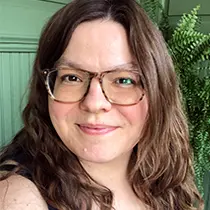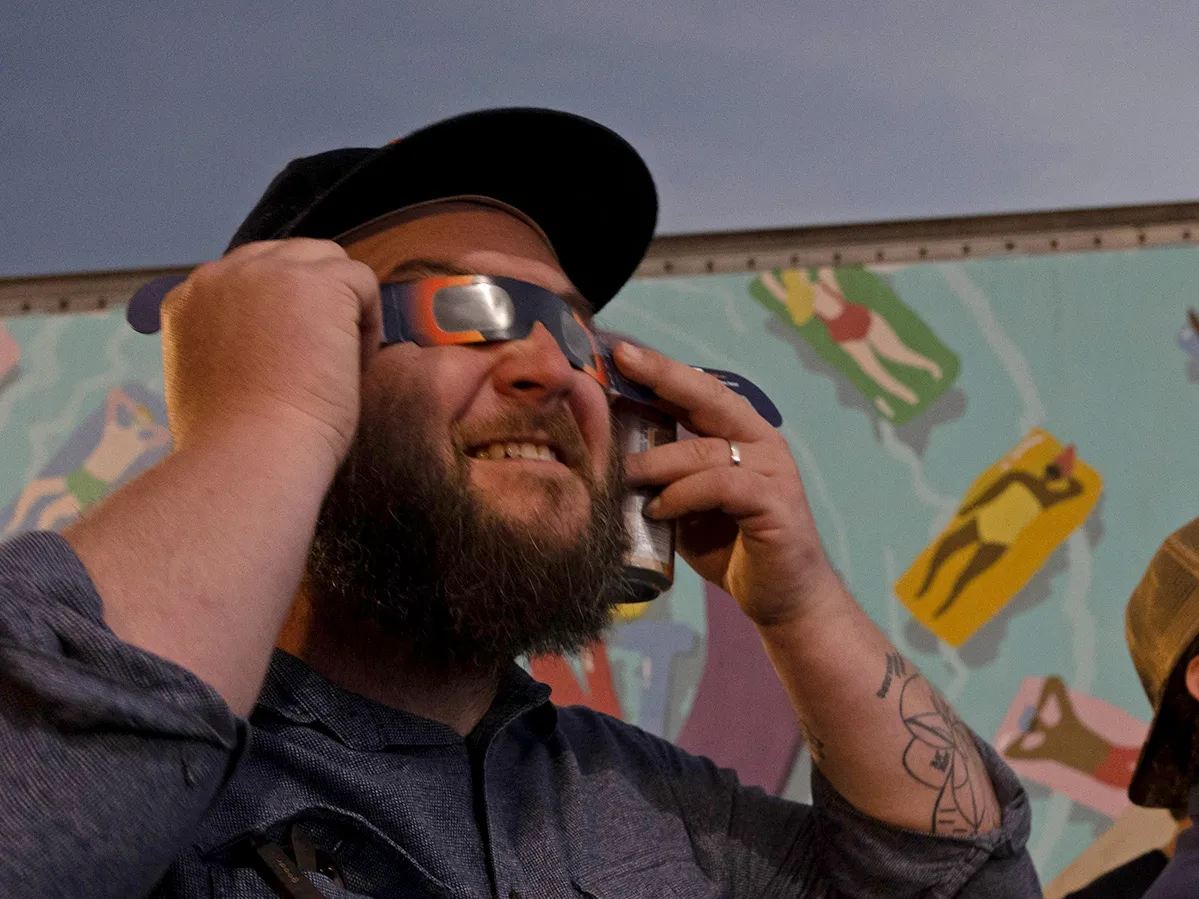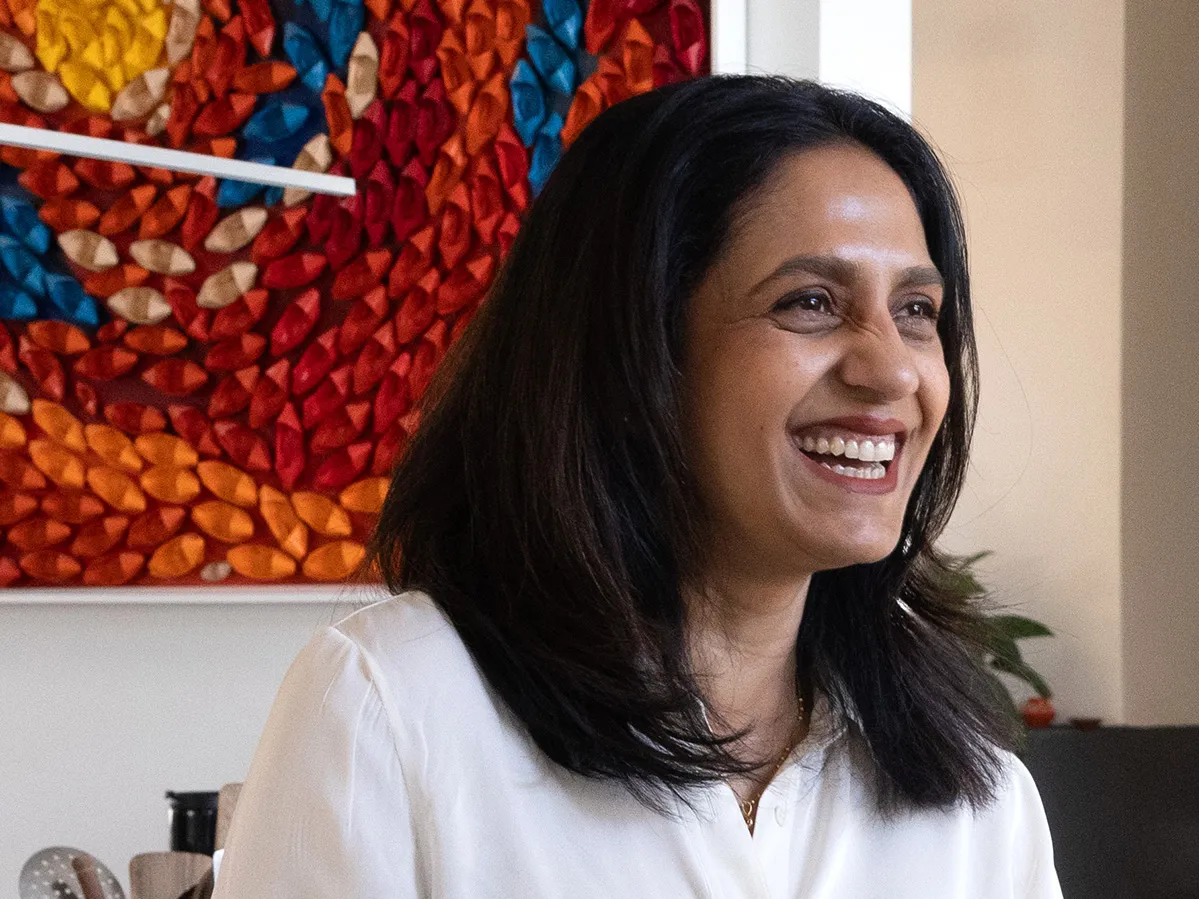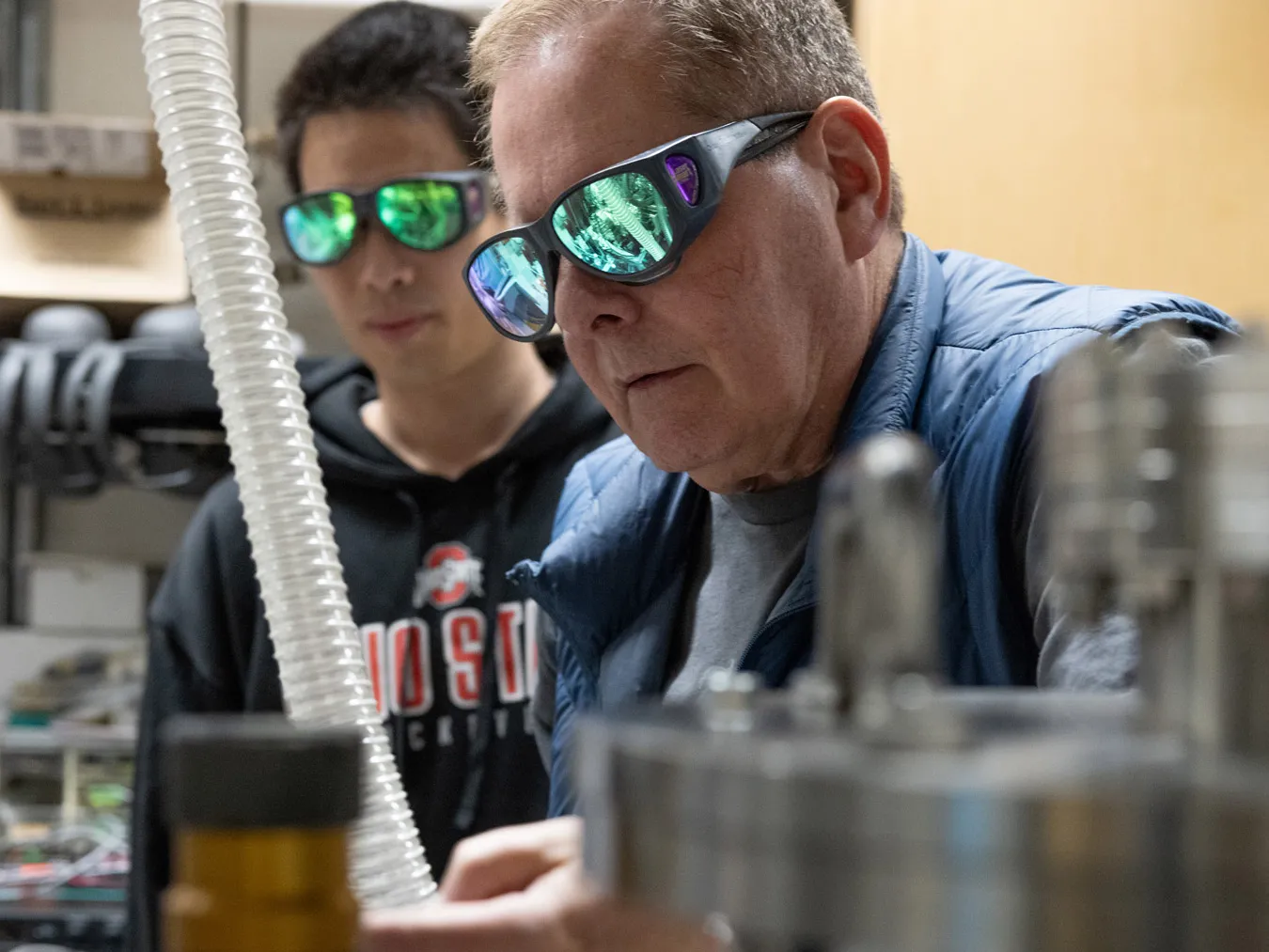For Ohio State photographer, this trip was validation
When Wendy Pramik ’92 felt self-doubts about new job responsibilities, she sought out training to polish her photography skills. A weeklong workshop in Cuba taught her to see more, including about herself.
For the first few years after she added “staff photographer” to her job title with the Wexner Medical Center Marketing and Strategic Communications team, Wendy Pramik ’92 felt a serious case of imposter syndrome.

(Illustration by Michael Hoeweler)
Even though she’d been shooting photos since childhood—she saved up to buy her first camera at age 16—Pramik studied journalism at Ohio State and always felt like more of a writer than a photojournalist. That’s one of the biggest reasons why she jumped at the chance to study photography with some of the most renowned photojournalists in the field this spring in Cuba. Thanks to a staff professional development grant and support from her department, Pramik was able to cover the cost of a weeklong workshop led by Christopher Baker, a photojournalist for National Geographic.
Pramik first began working photography into her role at Ohio State during the pandemic, when she joined the department’s videographer to document frontline workers at the medical center and the vaccine rollout. Since then, Pramik says she’s been itching to deliver photo essays that match the high quality of the writing and other storytelling her department produces.
“I want to tell more stories about people, patients and the impact of some of our researchers’ work in the community,” Pramik says. “There’s a lot of potential for us to tell more in-depth stories, and we’ve got a team that really wants to do it.”
While immersing herself in capturing day-to-day life in Cuba, Pramik leveled up her technical skills and developed an appreciation for the importance of lighting and surroundings in environmental portraiture.
“One thing I learned is really just to slow down, take my time, and be more patient in getting to know the subjects,” Pramik says.
The workshop also helped her to recontextualize her early doubts about her qualifications as unwarranted all along. “I’ve aligned my passion and purpose,” Pramik says. “And that makes me really proud.”
She shared her trip with us via photos and writing.

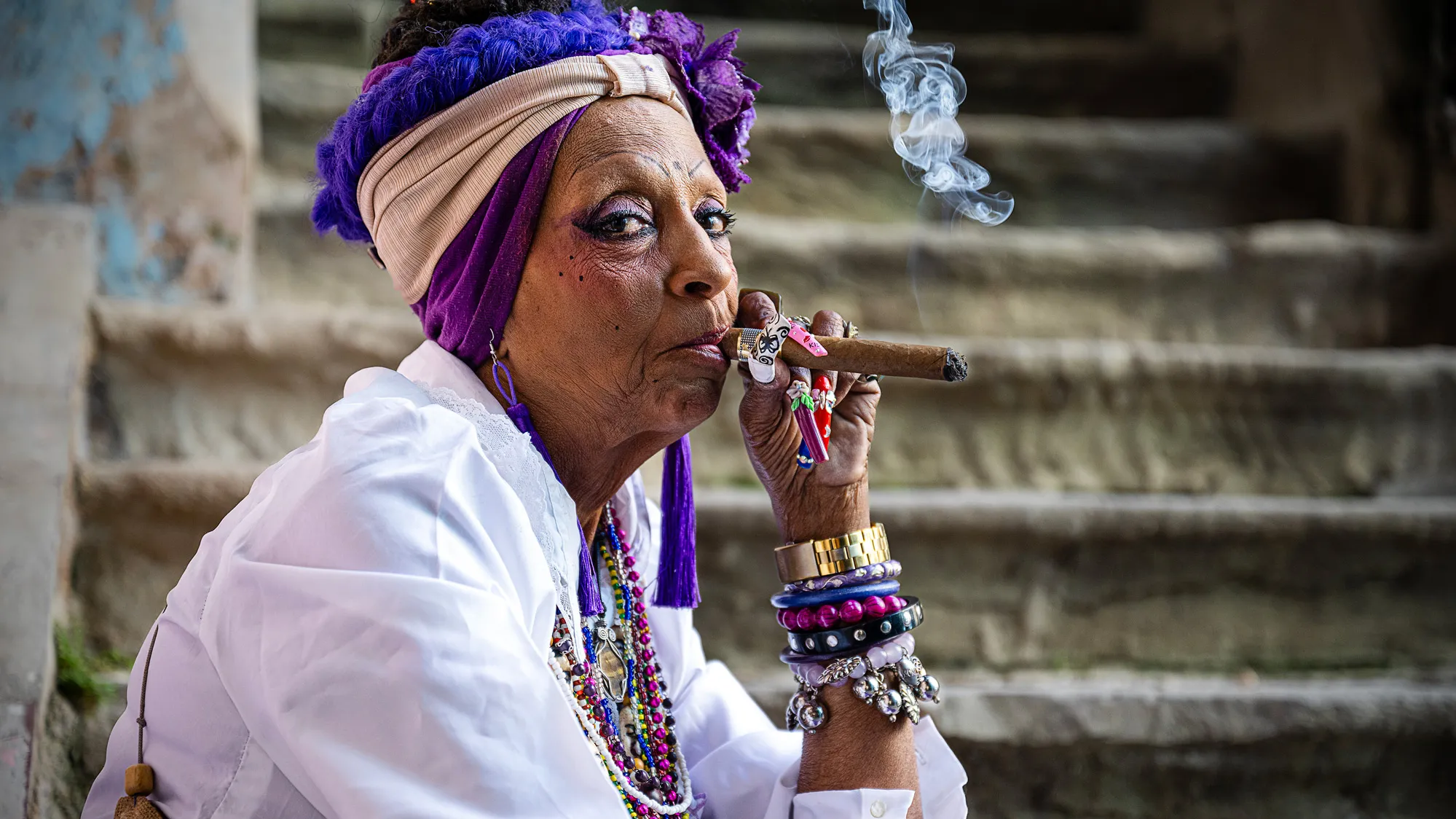
Day 1
I join eight other participants and three guides, including National Geographic photographers Christopher Baker and Robert Holmes and Wine Spectator magazine photographer Andréa Johnson. We set out from La Posada de Chacon, a historic boutique hotel, to explore the narrow alleys of Old Havana, or La Habana Vieja. This colonial quarter of Cuba’s capital is full of vibrant street life. We capture daily activities in 17th-century crumbling tenements, called solares. The residents, curious about our cameras, are willing to be photographed. We offer them crisp, American dollar bills, which they appreciate. We practice taking environmental portraits of people in their surroundings, adding depth and context to our images.
Later, we stroll the Paseo del Prado, a tree-lined promenade near the central park, observing pedestrians and skateboarders. At sunset, we explore the Malecón, a 5-mile road along the Caribbean Sea that buzzes with 1950s-era automobiles.
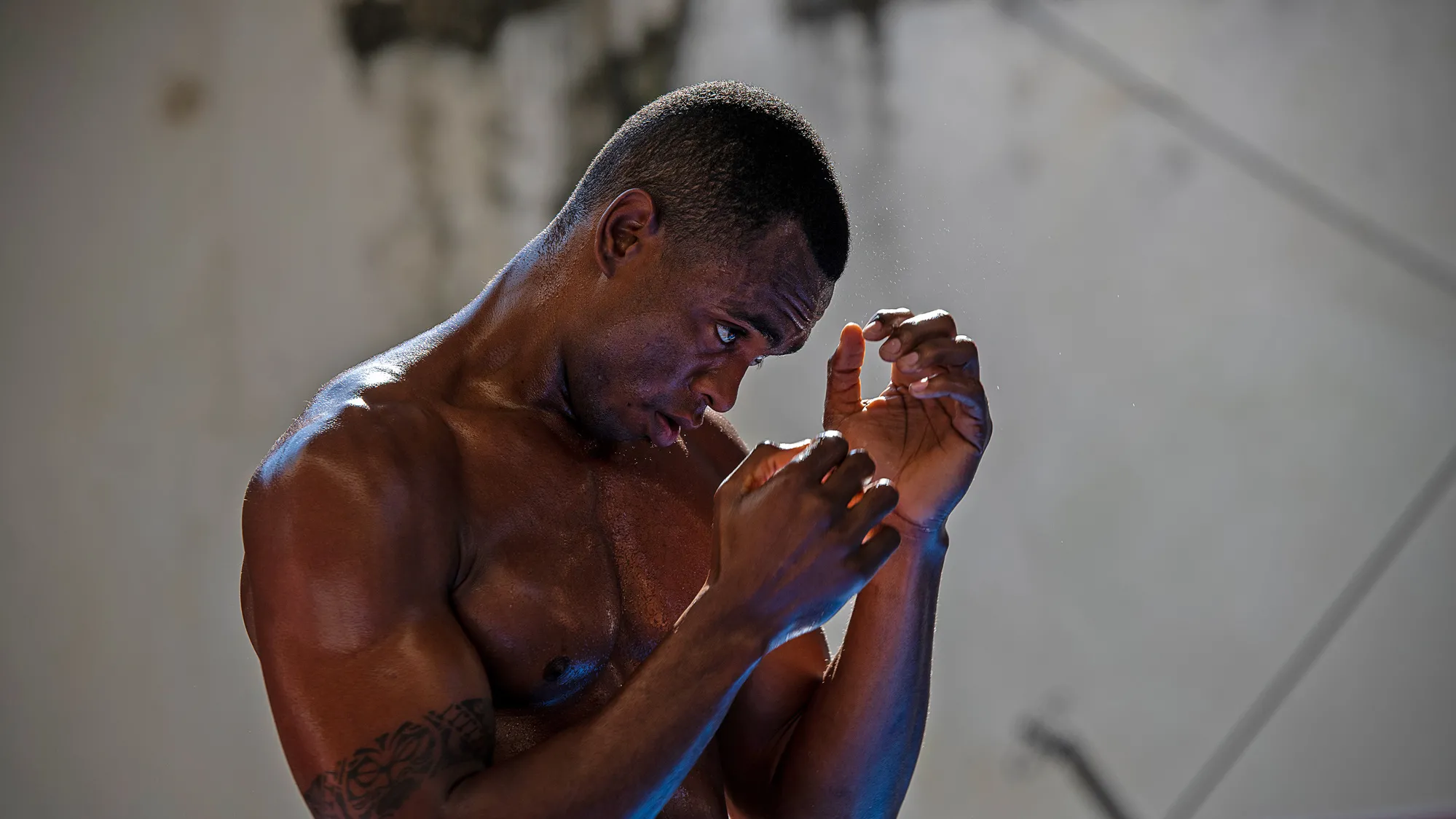

Day 2
After a quick breakfast of Cuban coffee, scrambled eggs and fresh papaya and guava, I join the group to explore the southern portion of Habana Vieja. Our subjects for the morning are boxers at Gimnasio De Boxeo Rafael Trejo, where we capture the blur of a punch and the grimace of a hit. We also visit an elementary school, observing how natural light illuminates students while testing our ability to balance indoor and outdoor lighting.
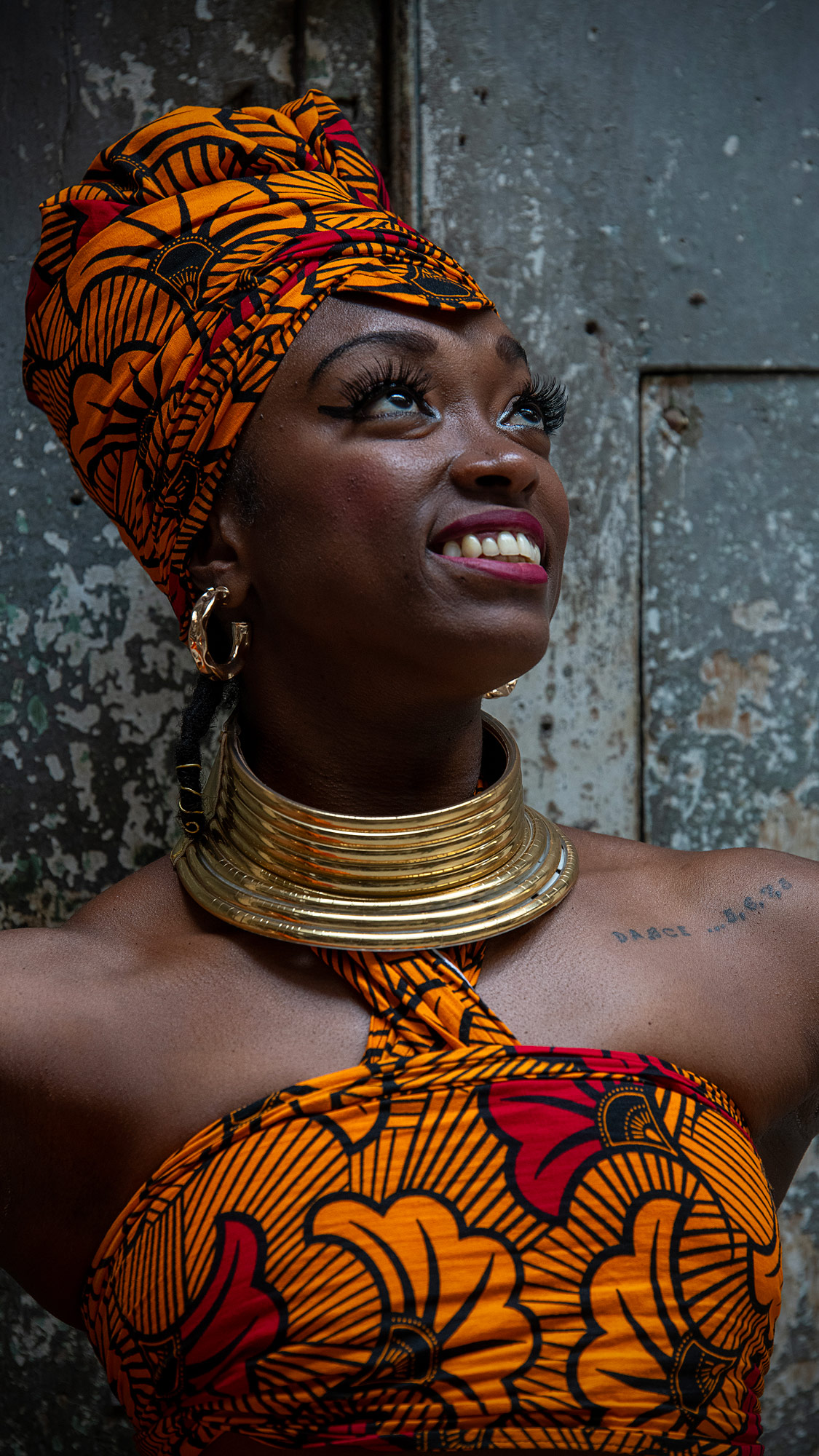
Later, we photograph the Rumba All Stars, an Afro-Cuban music and dance team, in a tenement house where the beautifully dressed dancers pose for us. My high-school Spanish proves invaluable in overcoming the language barrier.
Day 3
Today is moving day, our first chance to explore Cuba beyond Havana. We make a three-hour trek by van to Viñales, in the heart of Cuba’s tobacco country. The valley is renowned for its mogotes, sheer-faced limestone formations, and tobacco fields studded with royal palms, the country’s national tree.
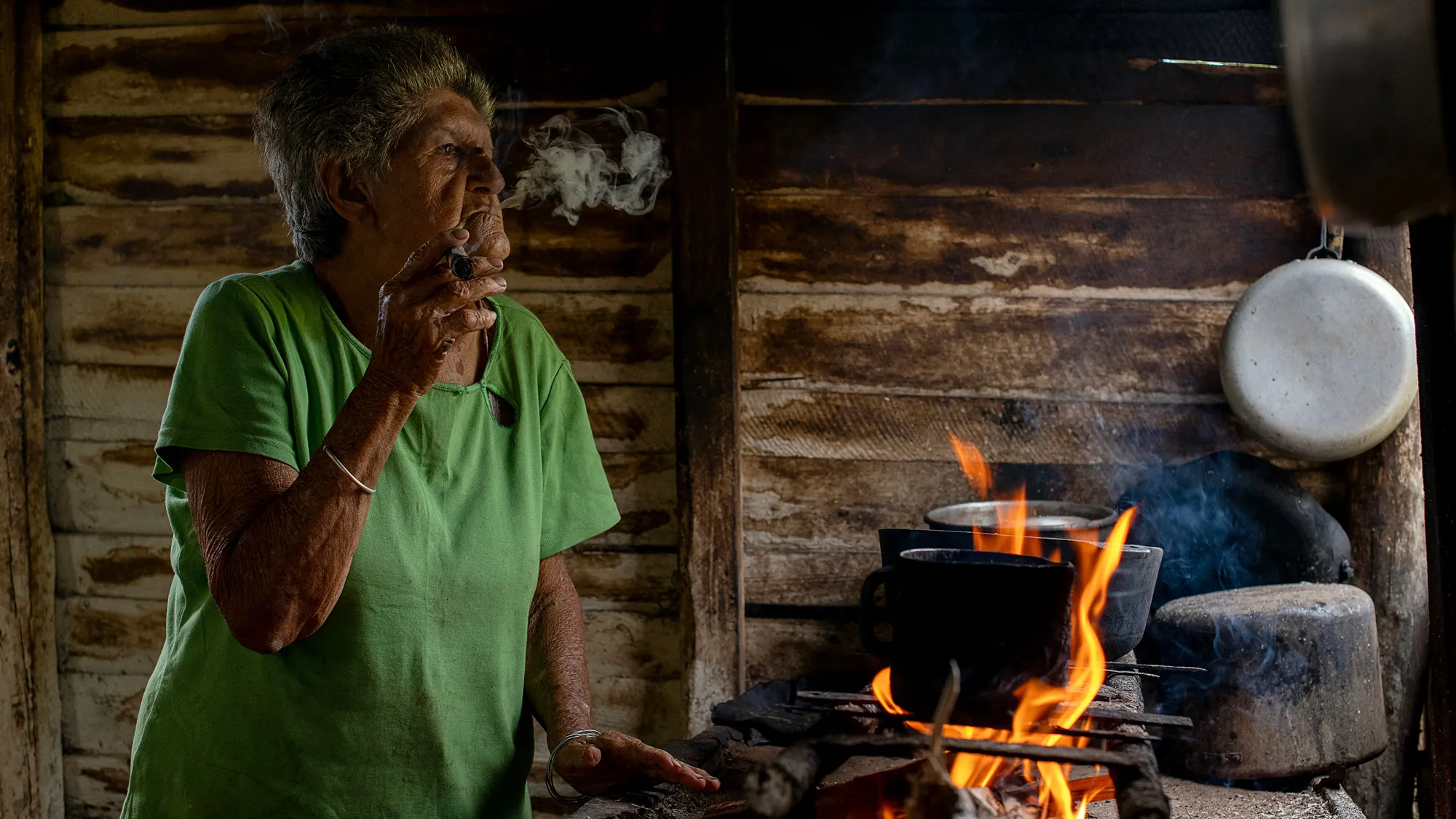
We explore this lush countryside and capture life at a tobacco farm and a farmstead home with humble furnishings. A woman fires up a kettle on her stove and exhales a puff of smoke from her handmade cigar. Inspiration is easy when every movement is breathtaking.

We dine and photograph farmers at Finca Agroecológica El Paraiso, an organic farm offering stunning views of the fields and mountainside, especially at sunset. We stay in private homes in Viñales. Children play outside, happily tooting on kazoos provided by one of our participants.
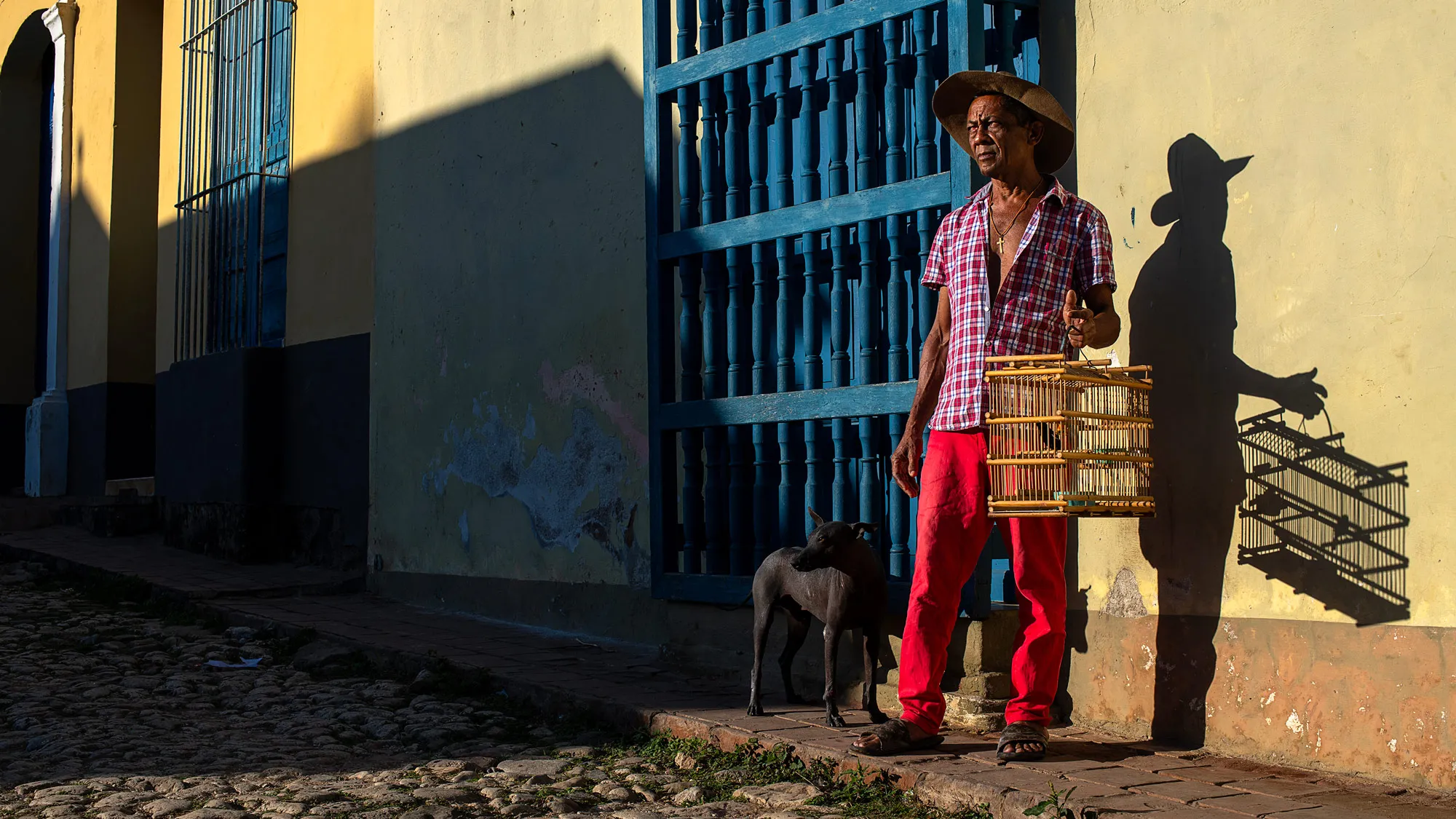
Days 4/5
We depart Viñales and head on a seven-hour ride along the autopista to Trinidad, in southeast Cuba. It’s a UNESCO World Heritage city that embodies Cuba’s colonial history, featuring vividly painted buildings, churches and palaces transformed into museums. On our full day there, we wake early to capture the street life at sunrise.
In the neighborhood of Las Tres Cruces, Baker introduces us to a man named Ajelo, who is accompanied by his dog and a pet bird in a cage—a fascinatingly common sight. The morning sun paints a vibrant scene and produces dramatic shadows. We learn that keeping some subjects veiled in shadow adds mystery to our photos.

Later, we head to Rio Gurabo, where Baker sets up a scene for us to capture from different angles. Two horseback riders gallop through a river, where a man washes his classic Chevy. Snap, snap, snap. I attempt to freeze the horses’ hooves midair with splashes of water.
Day 6
Cuban girls, when they turn 15, often have a special party called a quinceañera. Our hosts invite us to photograph a teen who donned a princesslike dress and posed for photos in Baker’s favorite 18th-century hacienda in the Valle de los Ingenios, named after the sugar mills that once dominated the area.
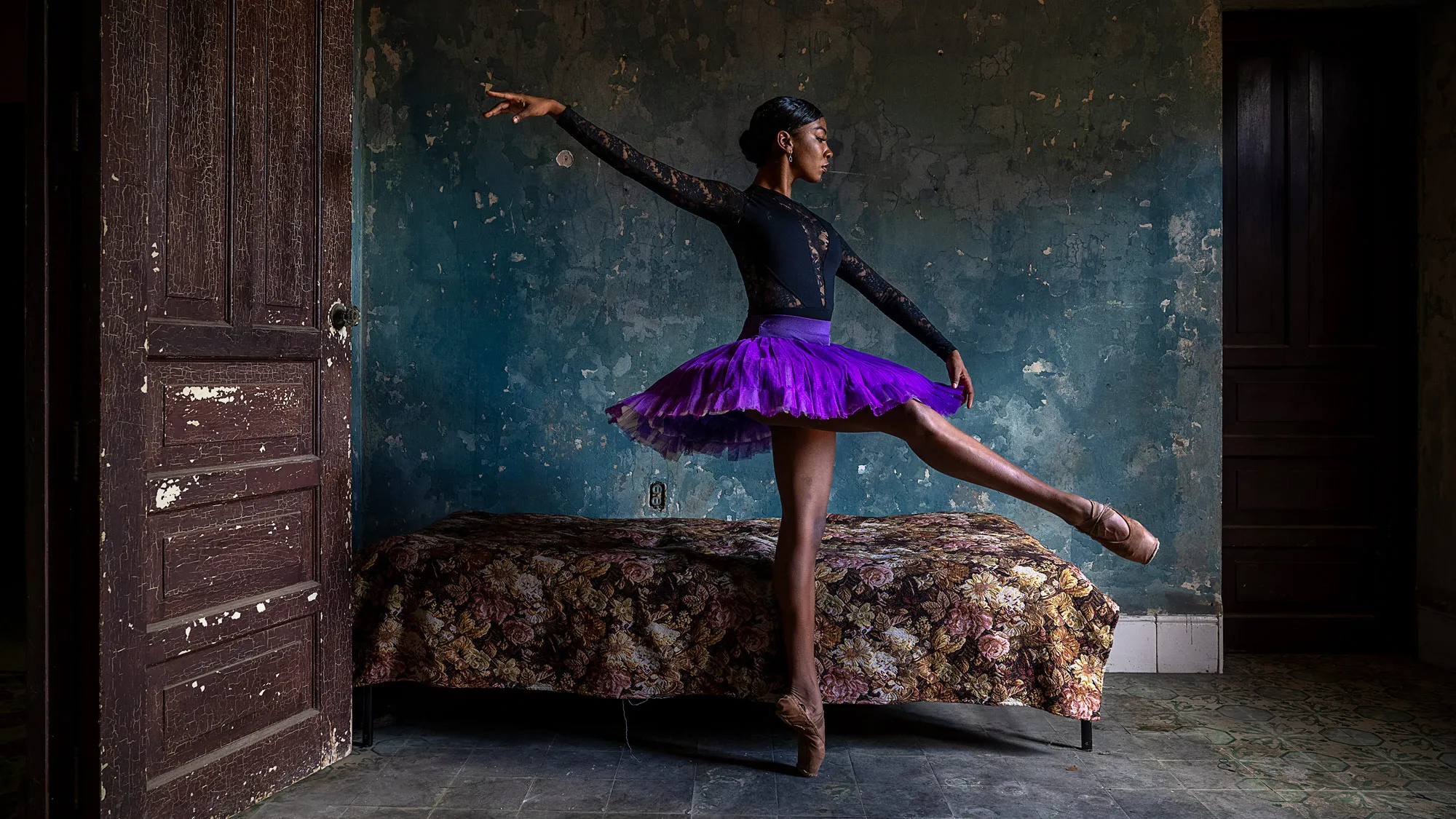
Day 7
We head back to Havana and stop at a former sugarcane processing community to capture locals in the ration stores. These stores have been around since the early ’60s, and the supplies each family may purchase are recorded in a ration book. This site is surrounded by incredible revolutionary murals. Back in the city, we photograph two ballerinas from Cuba’s acclaimed Ballet Nacional de Cuba in a mansion in the Vedado neighborhood. This trip has not only enriched my understanding of Cuban culture but has inspired me to see individuals, including Ohioans, through a new, more compassionate lens.
